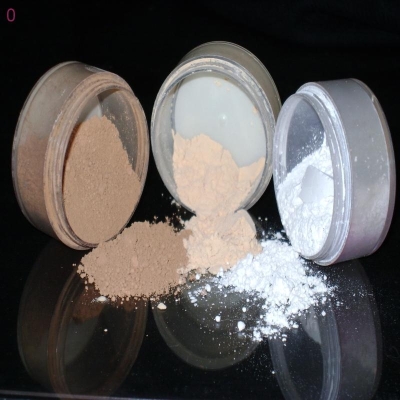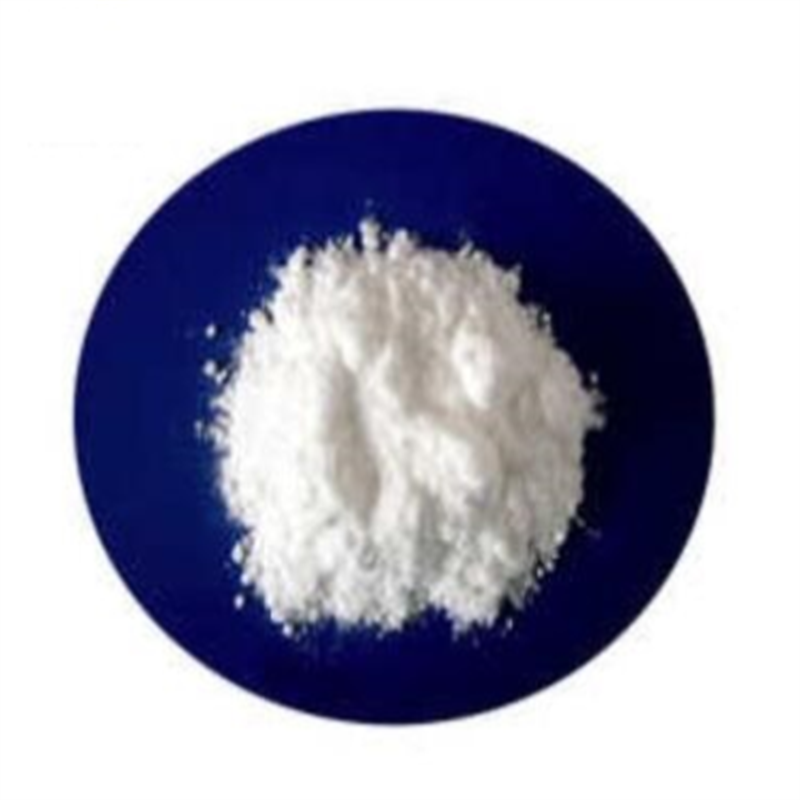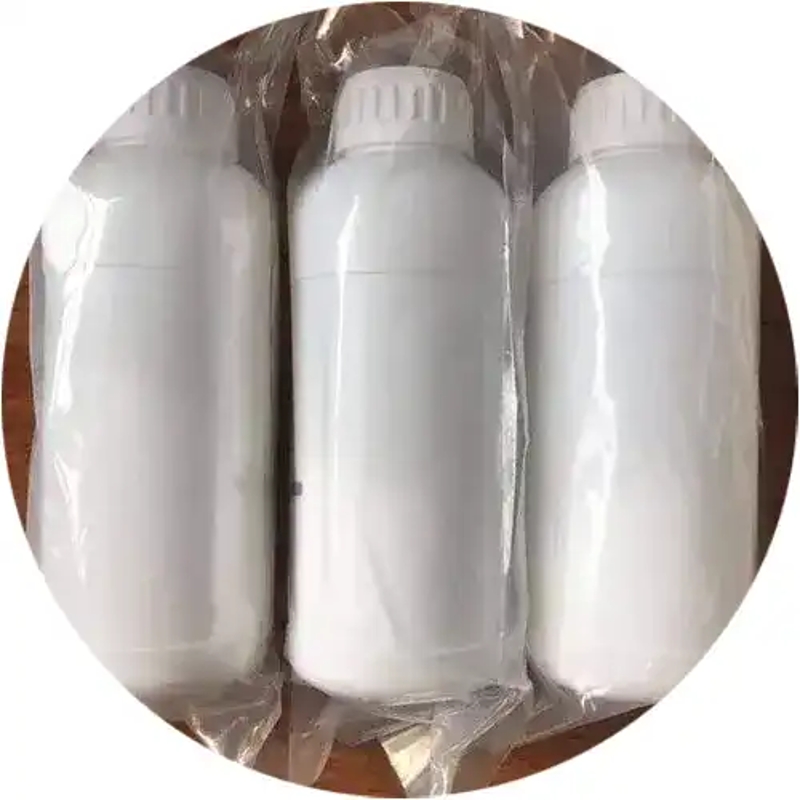-
Categories
-
Pharmaceutical Intermediates
-
Active Pharmaceutical Ingredients
-
Food Additives
- Industrial Coatings
- Agrochemicals
- Dyes and Pigments
- Surfactant
- Flavors and Fragrances
- Chemical Reagents
- Catalyst and Auxiliary
- Natural Products
- Inorganic Chemistry
-
Organic Chemistry
-
Biochemical Engineering
- Analytical Chemistry
-
Cosmetic Ingredient
- Water Treatment Chemical
-
Pharmaceutical Intermediates
Promotion
ECHEMI Mall
Wholesale
Weekly Price
Exhibition
News
-
Trade Service
Understanding Upstream and Downstream Products of Cinnamaldehyde in the Chemical Industry
Cinnamaldehyde is a versatile chemical compound that is widely used in the fragrance, food, and pharmaceutical industries.
It is an organic compound that is derived from the oil of cinnamon, and it is known for its distinctive aroma and medicinal properties.
In the chemical industry, cinnamaldehyde is often used as a raw material in the production of a variety of downstream products.
In this article, we will explore the upstream and downstream products of cinnamaldehyde, and how they are used in the chemical industry.
Upstream Products of Cinnamaldehyde
The upstream products of cinnamaldehyde are the raw materials that are used to produce the chemical compound.
These raw materials are typically derived from natural sources, such as plants and other organic materials.
In the case of cinnamaldehyde, the upstream products are the oil of cinnamon and other cinnamon-derived compounds.
These raw materials are extracted from the plant material through a process known as steam distillation, which involves heating the plant material with steam to extract the desired compounds.
Once the upstream products have been extracted, they are typically purified and refined to remove any impurities or contaminants.
This process involves the use of various chemical and physical techniques, such as filtration and crystallization, to produce a pure form of the compound.
The purified upstream products are then used as raw materials in the production of downstream products.
Downstream Products of Cinnamaldehyde
The downstream products of cinnamaldehyde are the chemical compounds that are produced using the purified upstream products as raw materials.
These downstream products are typically used in a variety of industries, including the fragrance, food, and pharmaceutical industries.
Some of the most common downstream products of cinnamaldehyde include:
- Fragrances: Cinnamaldehyde is used as a fragrance ingredient in a wide range of products, including perfumes, colognes, soaps, and lotions.
It is known for its warm, spicy aroma, and it is often used in combination with other fragrance ingredients to create complex fragrance blends. - Food Additives: Cinnamaldehyde is used as a food additive in a variety of products, including baked goods, candies, and beverages.
It is used to enhance the flavor and aroma of these products, and it is often used in combination with other food additives to create specific flavor profiles. - Pharmaceuticals: Cinnamaldehyde has a number of medicinal properties, including antimicrobial and anti-inflammatory properties.
It is used in a variety of pharmaceutical products, including creams, ointments, and supplements.
The production of these downstream products involves the use of a variety of chemical and manufacturing processes, such as chemical reactions, distillation, and purification.
These processes are typically carried out in specialized facilities by trained professionals, and they require a high degree of expertise and knowledge in order to produce high-quality downstream products.
The Importance of Upstream and Downstream Products in the Chemical Industry
The upstream and downstream products of cinnamaldehyde are a prime example of the interdependence of the chemical industry.
The production of upstream products, such as the oil of cinnamon, is necessary in order to produce downstream products, such as fragrances and pharmaceuticals.
Without the purification and refinement of the upstream products, the production of high-quality downstream products would not be possible.







